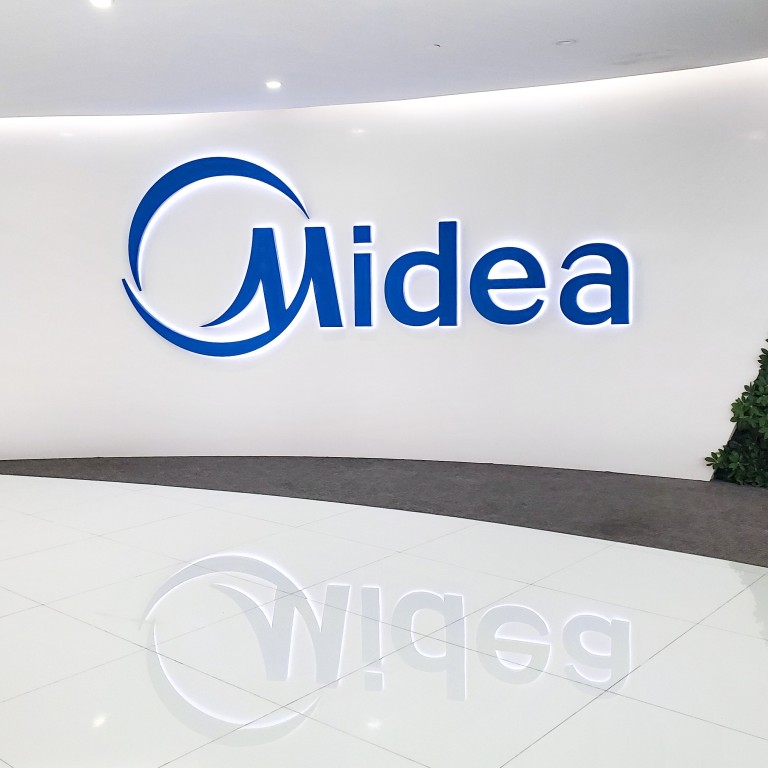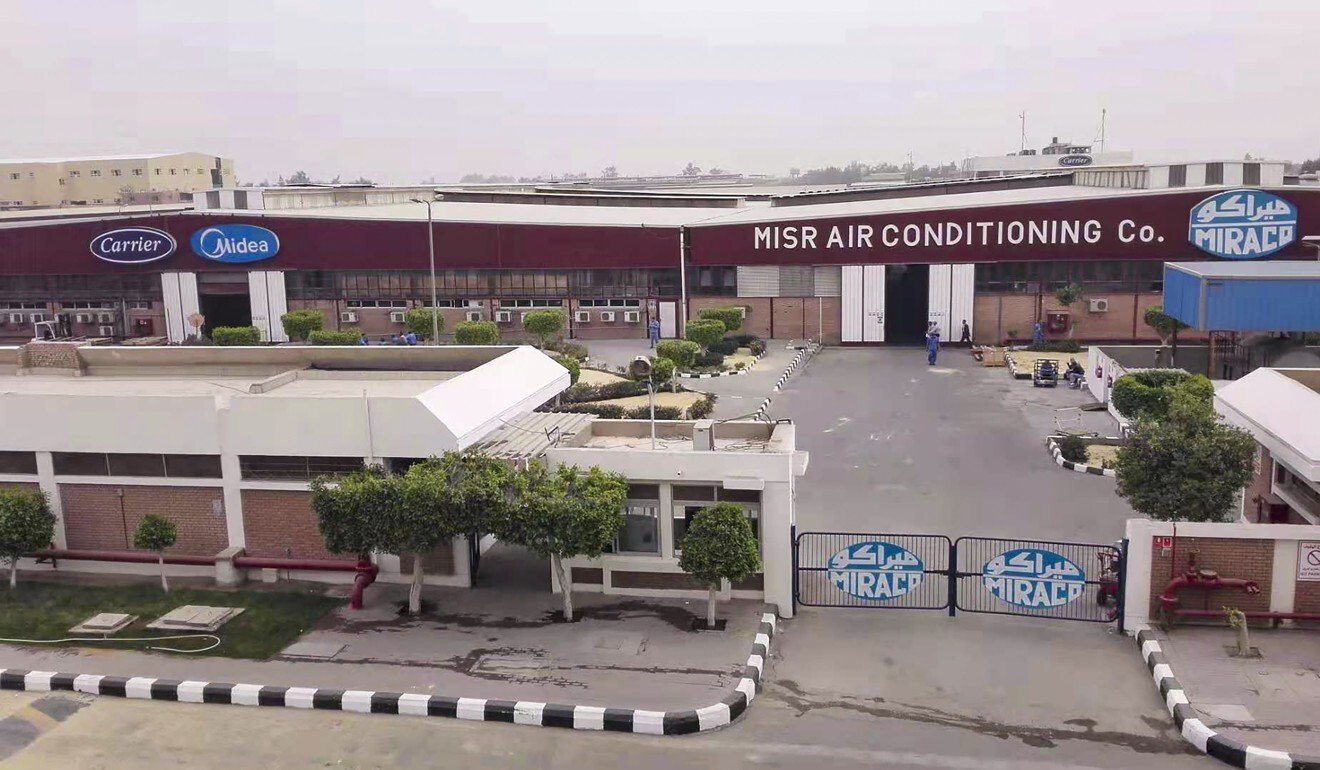
Exclusive | Midea, China’s top home appliances maker, to expand overseas production as it eyes 10 per cent global market share
- Midea Group aims to achieve home appliances sales of US$40 billion overseas by 2025, which will give it a 10 per cent share of the global market
- Company is looking for suitable locations for manufacturing in North America while expanding production in a number of nations with an emphasis on automation
Midea Group, China’s largest home appliances company, is expanding overseas production with new plants featuring enhanced automation as part of its ambition to corner around 10 per cent of the global market within five years, according to a top executive.
The company is in the process of choosing one or two locations for setting up new manufacturing facilities with a high level of automation in North America, which is expected to be finalised before the end of the first half of this year, said Wang Jianguo, president of Midea International, a unit of Midea Group responsible for overseas operations.
The company, which has production facilities in 15 countries apart from China, plans to further expand capacity at many overseas plants, particularly in Egypt and Brazil, he said, adding that the company was also looking at mergers and acquisitions to complement those plans.
He said that while China was still the most competitive in terms of manufacturing, the company needs to use its overseas production capacity to counter such unforeseen uncertainties in the future.
Midea’s billionaire founder He Xiangjian builds a Fortune 500 company under veil of privacy
It owns the Colmo, Toshiba, Comfee, Little Swan and Eureka home appliances brands, making a range of products including refrigerators, washing machines, air conditioners and vacuum cleaners.
Midea is aiming for home appliance sales outside China of US$40 billion by 2025, which should give it a 10 per cent share of the global market, from around 4 per cent currently, Wang said. Revenue from overseas operations came in at 121.1 billion yuan (US$18.8 billion) in 2020. In strategically important markets like the US, it was aiming for over 20 per cent market share, he added.
To reach this target, the company has, since early 2020, accelerated efforts to ramp up production abroad, in addition to supplying products from China. Half of its 34 factories are outside the mainland. After establishing its first overseas factory in Vietnam in 2007, the company has built facilities in Malaysia, Thailand, India, Brazil, Argentina, the US and Egypt.

Last year, Chinese home appliance makers recorded an 18 per cent surge in exports – the most in almost a decade – to US$83.7 billion, according to the China Household Electrical Appliances Association. Lockdowns and quarantines in nations across the globe fuelled demand for items made by Chinese manufacturers used at home.
This helped to boost Midea’s revenue in the first quarter, which soared 42.2 per cent year on year to 82.5 billion yuan, while net profit jumped 34.5 per cent to 6.5 billion yuan. In 2020, revenue jumped 2.2 per cent to 284.2 billion yuan, while net profit rose 12.4 per cent to 27.2 billion yuan despite the pandemic in China which caused factories to shut for around two months.
As demand surges, the company is expanding its production in Egypt, which serves as a bridge to Europe and the rest of Africa, to produce all categories of Midea’s products from the current focus on air conditioners, Wang said, adding that annual revenues from the Egyptian operations had crossed US$200 million.

01:11
Foshan, 'Guangzhou's little brother', offers rich traditional Chinese culture
Midea is also eyeing acquisitions in line with its aggressive shift to a technology company in recent years. “In some regions where we have operations, such as Europe, North America, Asean and Brazil, there are some small targets that we are looking at, and some have technologies that are complementary to ours,” Wang said.
And while Midea is aggressively looking at expansion, it is trying to keep its costs in check by increasingly relying on automation. Wang’s team is launching some small and easy automation processes in Thailand, and is preparing for a much higher level of automation in North America in a bid to cut labour costs and improve efficiency.
“The overall trend globally is to automate production,” Wang said.


